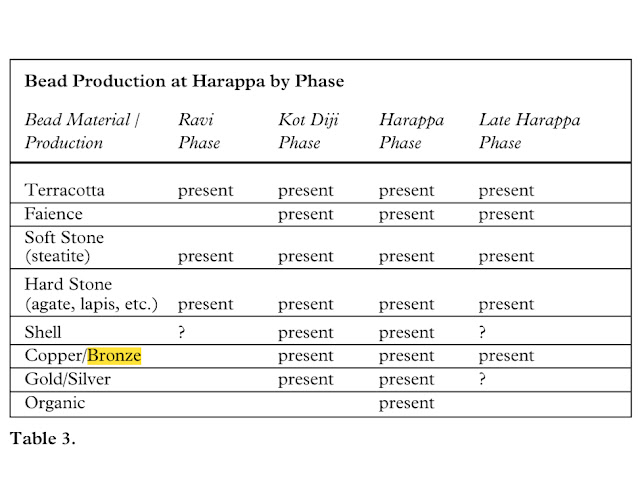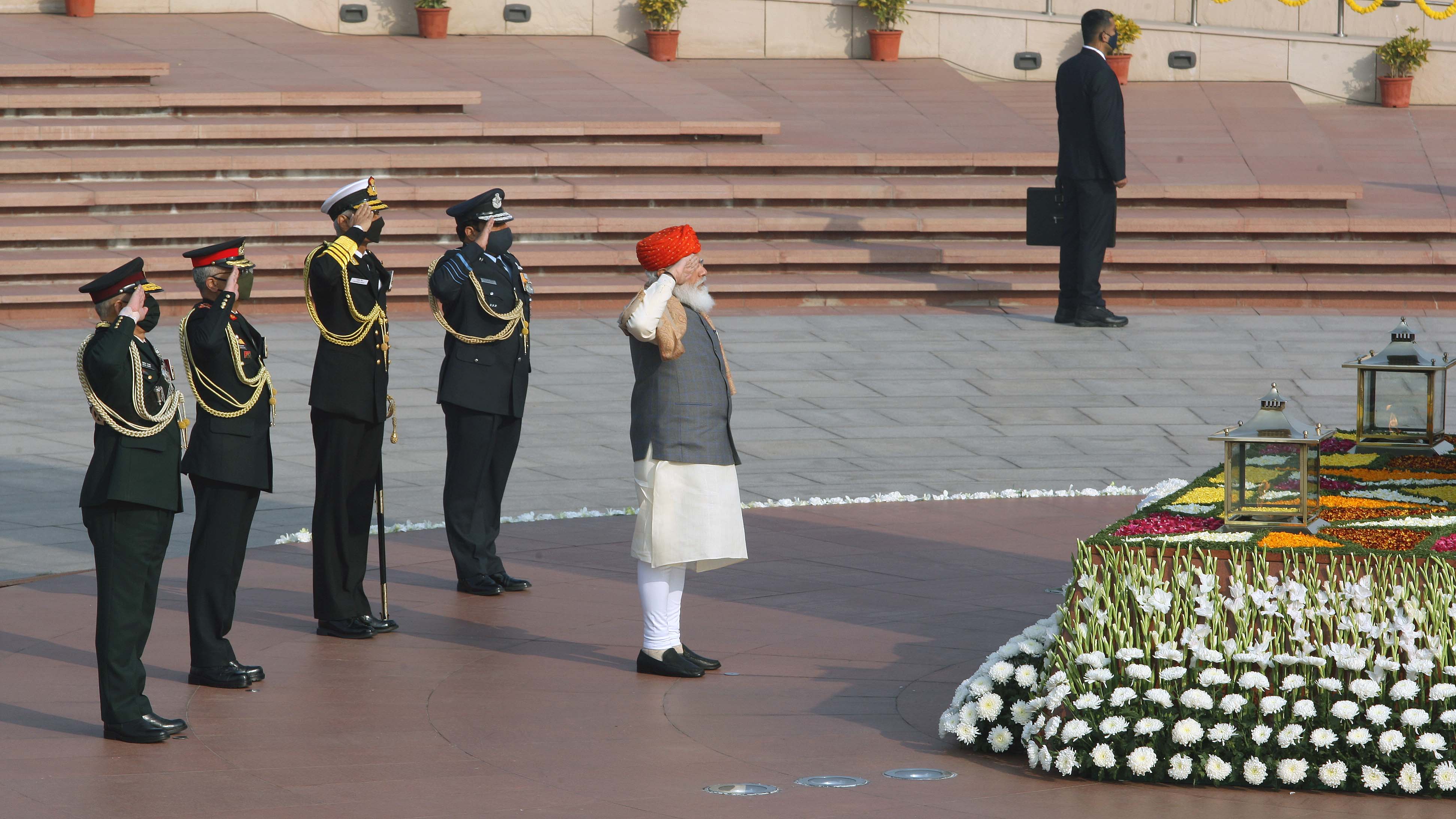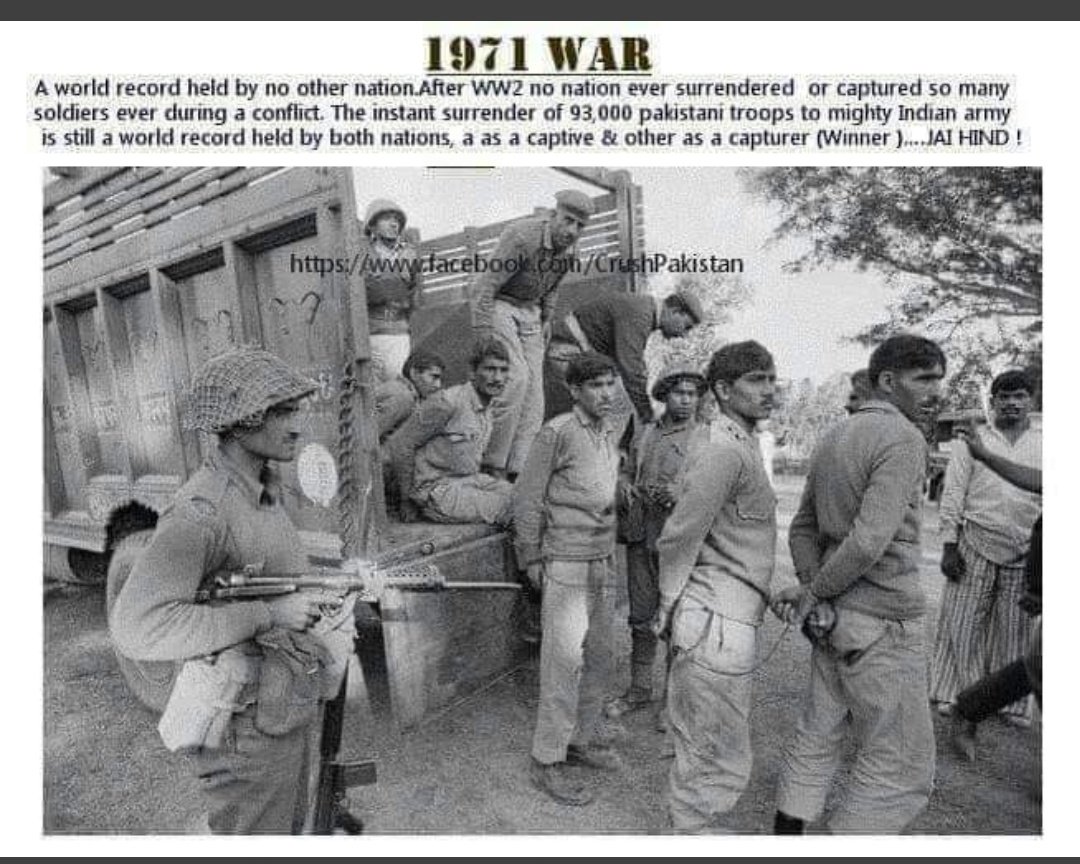We have British History and Puranic History.
Puranic history anchors to Mahabharata=3102 Kali. British history pick and choose from puranic history, depending on archeology findings of inscription and Britishers own agenda. Both are wrong.
We have the truth in between. The “Truth” was known to both camps when they created their versions.
Only, We Indians should know this real and credible historic chronology now.
Why Puranic chronology is wrong?
Puranas describe Vamana Avatara. In that comes Mahabali. Mahabali is son of Virochana. Virochana is son of Prahalada. So, only 3 generations. Prahalada was alive when Mahabali was sent to Patala.
Like Kālidāsa, Puranas were written to enlarge Gupta fame.
Gupta coins were used to build/enlarge Puranas, Ramayana and Mahabharata. Vishnu is the deity of Guptas and owner of their kingdom. They consider “Avatara of Vishnu” come at right time to rescue them. Acts done through kings due to “Avatara of Vishnu”.
It all starts with “Sankarshana and Vasudeva”. Sankarshana holding hala (= symbol of earth) was earlier representation of varaha saving earth, represents Chandragupta1 of Guptas. Vasudeva with conch shell represents Samudragupta. In initial period, Vishnu holds “rajandanda”, a long one and not gadha. A large Chakra or Chakrapurusha was symbolism of “Dharma Chakra”, popularised by Buddhist and Ashoka (Ashoka chakra). We see the evolution in “Chaturmukha Vishnu” popular in Kashmir.
Here, Vishnu has 2 side faces one with varaha and another Narasimha. Back side “Rakshasa”, the enemy = Alexander. Chakrapurusha and Gadadevi as “one man and one woman ” being blessed.
1) Varaha Avatara - Chandragupta 1 (CG1) of Guptas, defeating Sakas and saving India (=earth) from Alexander invasion. Delhi Iron pillar inscription of CG1. Sri Vikrama coins of Guptas.
2) Narasimha Avatara - Defeat of Alexander, who claim, son of god and wanted to be king of kings of the world (supreme king = lion, the supreme). Vishnu killing Alexander is Narasimha. SimhaVikrama/SimhaParakrama coins of Guptas.
3) Parashurama Avatara - Samudra Gupta defeating all kings of India. His coins with battle axe 🪓 Kritanta Parashu
4) Rama and Krishna Avatara - Chandragupta 2 (CG2) period. For his reforms on Dharma/Rule. Rama rescuing kidnapped Sita is retold story of Devichandrguptam. CG2 ends Saka rule. “Archer type” coins for Rama and “Parama Bhagavatha” coin for krishna
5) Vamana/Trivikram Avatara - Kumāra Gupta peak period of Guptas due to earlier conquests. Trivikrama king of all 3 worlds. Sky, earth and patala. MahendrAditya coins, equating Guptas to Indra.
6) Kalki Avatara - Skandagupta fighting Hunas, new challenge. Hunas brining low life (mlechhas) to India is called Kali kaala. KramAditya coins. Krama = bring back order.
Kalidasa works
Reason for Sankarshana and Vasudeva
Why British chronology is wrong?
True History/Chronology
True history derivable from archeological evidences and inscription text on the ground is as follows. I mention the important famous inscription to arrive at the historical date, below.
1) We have (western kshatrapa = ) Sakas linking to Guptas at the end (CG2 ending the chain)
2) At their beginning, Sakas link to satavahana (Nahapana contemporary of Goutamiputra putra satakarni)
3) Then comes Kharavela linking satakarni. Satakarni to Gautamiputra = 100 years (of the 400 year satavahana rule, Simukha to satakarni 100 years; Satakarni to Gautamiputra- 100 years. Gautamiputra to end of Andhras =200)
4) Kharavela gives 300 years since Nandas
So, with epigraphy and archeology evidence we can write correct chronology from Nanda to 78CE Saka era as follows. After 78CE we can construct history properly due to inscriptions dating to 78CE Saka.
Major event dates - inscription evidence
1) 1000 BC - call it end of Nanda
2) 700 BC - Kharavela ( Mentions Satakarni, says 300 years since Nanda - Hāthīgumphā Prashasti)
3) 600 BC - Nahapana/Gautamiputra (Nasik Prashasti)
4) 550 BCE - Rudradamana (Recalls Ashoka who ruled Around 850BCE, 300 years before - Junagadh inscription)
5) 350+ BCE - End of Satavahana (Derived, not exact. End before Alexander and Guptas).
6) 325 BCE - Alexander (Greek text)
7) 298 BCE - Gupta Saka (Allahabad Prashasti)
8) 57 BCE - Vikrama Saka (End of Gupta Saka use, several inscriptions, still in use)
9). 78. CE - Salivahana Saka (End of Western Saka calendar use, several inscriptions, still in use)
Please note down following carbon dated evidences.
1)Delhi on Uttarapatha, called Indraprastha could not be dated beyond 900 BC. B.B.Laal press release, I can quote, date of Delhi given on Carbon dating basis. So, as precise as it can get.
2) Sakas, a town between Allahabad-Gaya, a prominent intersection point on GT road (& should be hub on Uttarapatha/GT road from Bengal to Taxashila). It was intersection of GT Road and road coming from Pataliputra/Rajgriah (Mauryan and Gupta capital). Excavations and carbon dating did not show evidence beyond 1500BCE (I have the carbon date report). Buddha not possible beyond this date, as many towns did not exist before this GT road came. Road came probably in 16 Janapada period, which show 1500 BCE as the lowest soil layer date. Buddha could be 200 years before Ashoka = around 1100BCE.
3) People used copper weapons around 2000BCE (Sanauli excavation, carbon dated). Mahabharata not possible, as killing of large population, especially large elephants etc not possible without iron weapons. Wheel of 2000BCE was still solid wheel. Not suitable for quick movement mentioned in Mahabharata.
Palaeography chronology
1) Mauryans to Kharavela to Nahapana, we see Brahmi script and Prakrit language.
2) Rudradaman (grand son of Nahapana) to Samudragupta to Vakatakas we see Gupta script and Sanskrit language. Berenike inscription with Alexander’s half brother Philip name is in Gupta script. Not Mauryan Brahmi
3)After Vikrama Saka, we see Nagari script and Sanskrit language.
4) By the time of Harshavvardhana of Kannauj and Chalukyas we see Devanagari as evolved script and modern Sanskrit as language.
So looking at inscription, we can categorise their period.
New Hard evidence found at Berenike port, Egypt and published between 2022-2024
During Britishers time roughly in the beginning of 1900, they found kharavela inscription near Bhuvaneshvar. They read and read the inscription “freshly” at least 10 times. Because, it proved Indian history beyond doubt ( like I am showing). We are kept in dark for nearly 125+ years. Half of it after independence. With internet, it can’t be hidden anymore. Time to accept the obvious truth.
Berenike is a port town, established after Alexander’s death, to import Elephants from India/Africa. Captured Indian traders (probably importing Arabian horses to India) were taken to this port.
Here, Americans have found an inscription written in Gupta Brahmi, mentioning Alexander’s half brother Philip along with Sakas coin of rudrasimha3. It gives out the truth. Date of inscription 317BCE, 6th year rule of Philip, as he gets killed after 6 years rule from Alexander’s death.
Western historians are wrongly assigning the found name Philip, to the Roman Emperror Philips, the Arab, who ruled for 5 years (no 6th year rule mentioned in inscription).
Berenike inscription 317 BCE. Saka year coin on Rudrasimha coin= 285.
So, 317+285=602 is the old saka epoch.
602+2526=3128 (Vrudda garga date for yudhistira rule).
3102 = Kali, derived by Almanacs to find planets alignment date.
Aihole confusing 3102 kali=MB war.
602 Saka is matching with Nahapana date (arrived roughly from kharavela disclosure’s).
No Sri-Harsha Vikramaditya. Albiruni confuses Gupta Saka with Vallabhi Saka. Then to justify Vikrama Saka of 57BCE coming before Guptas (Guptas,known and popular with Vikramaditya), brings this fictitious “Sri Harsha Vikramaditya Saka”. The only data for him was, “this Saka was used roughly 400 years before. He understood it Wrongly, linked it with 57BCE Vikrama Saka to create 457BCE Sri Harsha Vikramaditya. Right data, It was roughly 400 years since 78CE Saka , that is nothing but Gupta Saka. Gupta saka = 241+57=298BCE, as per his own details. “Gupta Raja Bhuktau” (since Gupta king rule) was used for Vikramaditya Saka. That was end of Gupta period and called Vikramaditya Saka.
Similarly, re-workout by the almanacs to Harmonise Saka rule and Vikrama Saka resulted in Salivahana Saka or Satavahan Saka of 78CE (to recognise Gautamiputra satakarni’s first defeat of Saka). Hence, this Salivahana Saka is popular throughout India, as alamanac used it with all corrections applied and almanacs calculation updated. “Saka Nrupa Kalaateeta” (end of Saka kings calendar) is used to describe 78CE Saka epoch.
Historians found coins of Porus and later succession coins with Samudragupta name. Check Gadahara dynasty coins with Samudragupta name. Confirming Guptas were contemporary of Alexander.
This is a validation and proof for the history and chronology presented here.
Berenike inscription written on local stone, meaning Indians living there (during Philips3, Alexander’s half brother time) along with western kshatrapa coins of Rudrasimha3 coins brought urgently from India shows Guptas were Contemporary of Alexander.



























